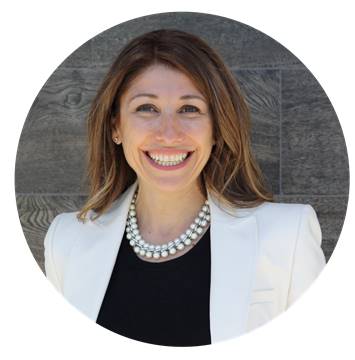Many investors make the costly mistake of using half-baked calculations when they’re evaluating a deal. It’s usually because they do not fully understand how to calculate the yield.
The fundamental problem is that they do not take into consideration the full acquisition, loan and purchase costs of buying a property, they fail to take into account all of the additional costs involved.
Let’s take a look at some of these costs:
Acquisition costs
- Deposit
- Planned improvements
- Property finder’s fee
- Building and pest inspections
Purchase costs
- Solicitor’s conveyancing costs
- Stamp duty
Loan costs
- Establishment/application fees
- Lenders mortgage insurance
- Mortgagee’s legal fees
- Valuation fees
- Mortgage registration
- Title registration
- Search fees
As these costs are paid only once, investors sometimes fail to include them when calculating their yield.
They often only take into account the ongoing property fees such as:
- Council rates
- Mortgage interest
- Insurance – building, contents and landlord
- Repairs and maintenance
- Body corporate fees
- Pest control and treatment
- Cleaning
- Mowing and garden upkeep
- Letting fees
- Property management fee
As an investor myself, I expect a proper return on investment (ROI) and as such I believe the calculation should include all monies spent and received on the investment, not just the ongoing costs.
Solution
When I calculate the cost of a property purchase, I include all of the abovementioned expenses. I also allow a vacancy period of two weeks per year in case the property is vacant during a tenancy changeover.
Many of the costs, such as loan and acquisition-related fees, are a one-off expense. However, I include them in my calculations because I expect to get a return on the money spent acquiring the property. The result of not including these costs in your calculations is a false yield.
The idea here is that every dollar you spend should give you a return. By not including these costs in your calculations, your yield will be higher, which gives you a false indication of its true return.
For example, I knew of an investor who purchased an investment property and placed a 20 per cent deposit on the property. He calculated that the yield would be about 10 per cent, yet when I analysed the numbers with him, he realised it would be less.
Here are his figures:
Purchase price – $300,000
Deposit @ 20% – $60,000
Loan amount – $240,000 (approximately)
Weekly rent – $480
With a loan of $240,000 receiving $480 per week rent, he calculated a rental yield of 10%.
You may feel that this is an excellent return to receive but this investor failed to include in his basic calculations the funds for the deposit. The deposit on this occasion was borrowed funds from his line of credit against his own home.
There is nothing wrong with borrowing your deposit against your home, however, he was paying interest on that money and had not included it in his calculation of rental yield.
Let’s do the figures again including the deposit:
Purchase price – $300,000
Deposit @ 20% – $60,000
Loan amount – $300,000 ($240,000 + $60,000 deposit)
Weekly rent – $480
Actual rental yield is: 8%
Take the rent per week ($480), multiply by 50 weeks, allowing two weeks for vacancy ($24,000), divide by the purchase price ($300,000) and multiply by 100.
($480 x 50 weeks) ÷ ($300,000 x 100) = 8%.
The above example is a very simplistic calculation of the numbers, because what has not been included are all the other costs listed earlier. Once these costs are taken into consideration, the yield decreases further.
This is what I teach my students who join my P.E.A.K. Mentoring Programs.
Here’s my tip
You need to consider all your costs when calculating your yield. To simplify life, having a property mentor who can review your deals and crunch your numbers can do the hard work for you. Make sure you select a mentor that is an investor themselves and that you resonate with.
If you’d like to explore how my team and I can support you with your investing, then click here to learn more.
Happy investing!
Helen Collier-Kogtevs
.................................................................................................
 Helen Collier-Kogtevs is the Managing Director of Real Wealth Australia, a leading education and mentoring company for real estate investors. Not only is she a highly successful property investor and an educator, but also a best-selling author, and a philanthropist.
Helen Collier-Kogtevs is the Managing Director of Real Wealth Australia, a leading education and mentoring company for real estate investors. Not only is she a highly successful property investor and an educator, but also a best-selling author, and a philanthropist.
Helen is particularly passionate about helping people, especially people who are keen to create wealth and make a difference in their lives, and she has been mentoring thousands of new and experienced investors in their pursuit of wealth creation through property.
She founded Real Wealth Australia to mentor investors create wealth and financial freedom by focusing on helping them build an investment strategy to fit their individual goals, rather than focusing on one particular investing method using her successful “10 Properties in 10 Years™” system.
Disclaimer: while due care is taken, the viewpoints expressed by contributors do not necessarily reflect the opinions of Your Investment Property.